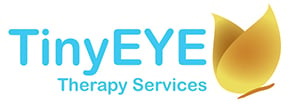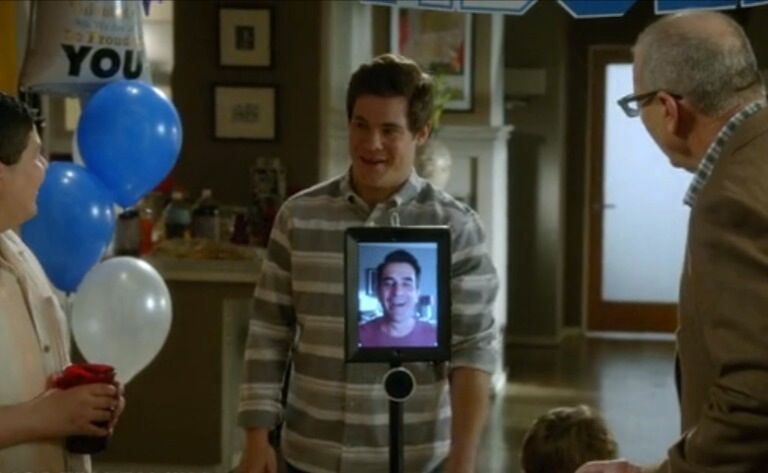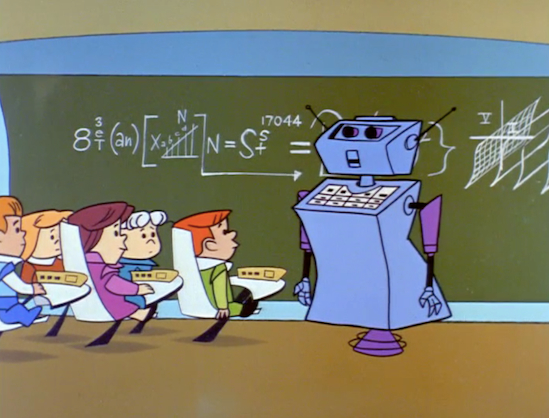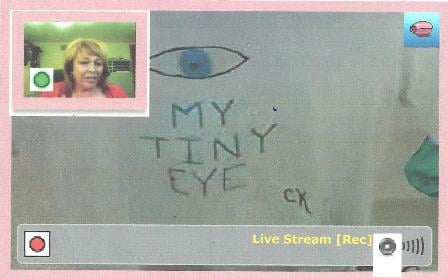The desire to be able to see others while talking to them on the phone has been around as long as the phone itself. The first attempts at videoconferencing appeared to be something only the most wealthy could access. In 1961, Picturephone by AT&T was launched It cost $160/month, and $6/minute per call, and sent black and white pictures back and forth every 2 seconds.
In 2005, video communication had become more popular and affordable. Most people had dial-up internet at minimum, and MSN Messenger and other video conferencing tools were becoming more popular. However, reliability was far from guaranteed. It was around the same time that TinyEYE was established, integrating the video technology available at the time with additional programming and support, and adding in the capability for a third-party to monitor a video stream and adjust the settings to ensure reliability.
All over North America there are schools where students are not receiving the speech and occupational therapy services they need. The majority of these cases are simply because the school faces recruitment shortages and has been trying to hire a speech pathologist or occupational therapist for years. This is often simply a question of social or geographic concerns.
In the past 9 years since TinyEYE software began development, technology has grown exponentially. People are connected in ways that they never were before. One of those ways is that therapists from everywhere are able to log in and provide therapy to students all over the world. Students who were struggling to communicate and became hopeless and withdrawn are laughing and speaking in ways that they never before could. 9 years later, these schools faced the same recruitment challenges, but they found TinyEYE, and began working with us to provide SLP and OT services and change their student’s lives.






